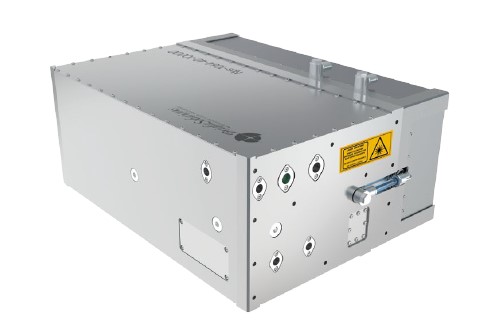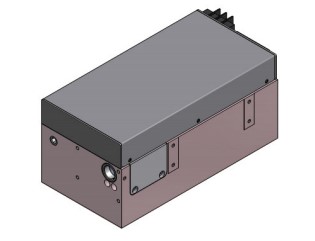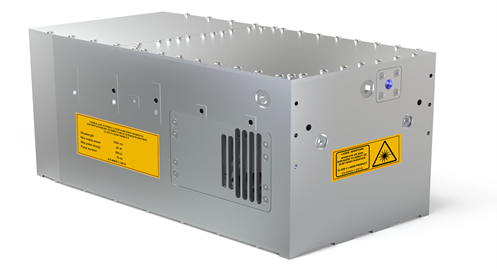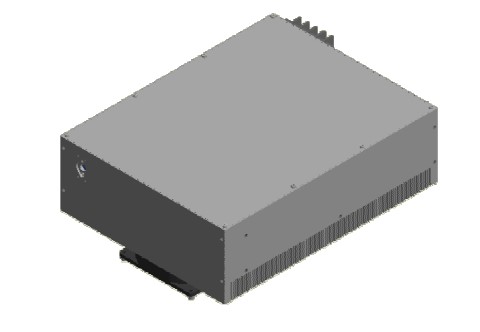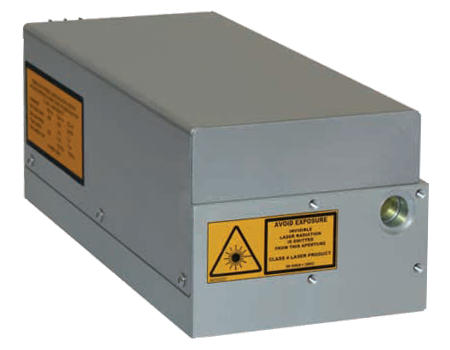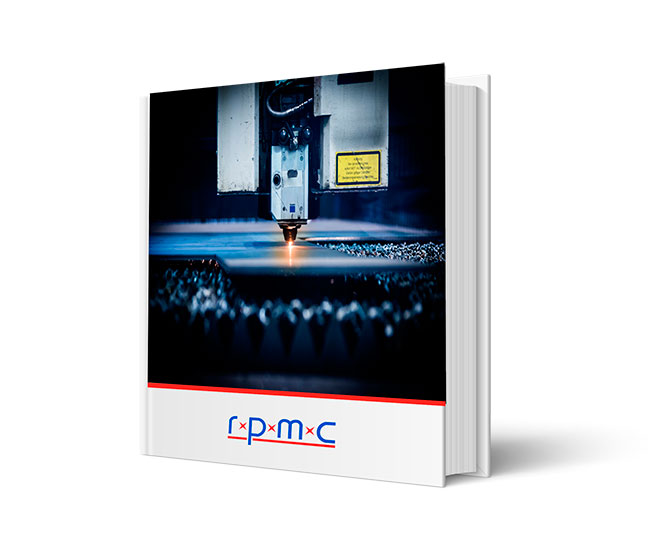NPS
DPSS Laser, ps pulsed, 266-1064nm, up to 10W, passive Q-switch, up to 80MHz, narrow linewidth
POPULAR CONFIGURATIONS:
Picture |
Part Number |
Part Description |
Datasheet |
|
|---|---|---|---|---|
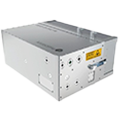
|
NPS-1064-40-10000 |
Picosecond Narrowband Mode-Locked Laser, 1064nm, 7ps, 10W, 40MHz |
|
Get Quote |

|
NPS-1064-40-5000 |
Picosecond Narrowband Mode-Locked Laser, 1064nm, 7ps, 5W, 40MHz |
|
Get Quote |

|
NPS-1064-40-50 |
Picosecond Narrowband Mode-Locked Laser, 1064nm, 7ps, 50mW, 40MHz |
|
Get Quote |

|
NPS-532-40-5000 |
Picosecond Narrowband Mode-Locked Laser, 532nm, 7ps, 5W, 40MHz |
|
Get Quote |

|
NPS-532-40-1000 |
Picosecond Narrowband Mode-Locked Laser, 532nm, 7ps, 1W, 40MHz |
|
Get Quote |

|
NPS-355-40-1000 |
Picosecond Narrowband Mode-Locked Laser, 355nm, 7ps, 1W, 40MHz |
|
Get Quote |
The NPS series of ultrafast, picosecond pulsed, narrowband lasers combine the air-cooled compactness & ruggedness of fiber lasers with the spectral purity of the DPSS design, providing the ultimate solution for OEM integrators and researchers working with nonlinear optics applications like OPO pumping and narrowband Raman spectroscopy. These lasers are available at 355, 532, and 1064nm (tunable option from 700-1800nm), with up to 10W average output power, 7ps pulse width, and are passively q-switched up to 80MHz rep. rate. The transform-limited operation, with a narrow spectral width of <0.3nm, and accurate central wavelengths make these lasers a suitable candidate for highly efficient amplification. Optional add-ons and customization available.
We’re experts in selecting the right laser for your application!
Nps DPSS Laser Platform Examples:
Customization options are available. Let us know what you need!

Let us help choose the right configuration for you!
Benefits:
- Specifically tailored for spectroscopic applications:
Combines the compactness and ruggedness of fiber laser technology with the spectral purity of the DPSS design. - Narrow linewidth output:
Allows for highly precise laser output, which is important for many industrial and scientific applications. - Side-mode suppression:
Helps to reduce unwanted noise and improves the overall signal-to-noise ratio of the laser output. - Mode-locked laser with ultrafast, short picosecond pulses:
Enables high-resolution time-resolved measurements and ultrafast spectroscopy, enhancing capabilities and precision.
- Compact rugged system:
Designed to be durable and reliable in harsh environments or during transport, reducing downtime and maintenance costs. - Water-cooled package:
Water-cooled, which helps keep them operate at peak performance for longer periods of time. - Low power consumption:
Uses less power than many other lasers on the market, reducing your energy costs and carbon footprint. - Optional add-ons & completely customizable:
From a red aiming beam to water cooling, beam expanding, monitoring photodiode, and beyond. Let us know what you need!
Options Available
- Custom amplifications
- 266, 355, 532 nm options
- 700-1800 nm tunable wavelength
- Beam expanding and collimating optics
- Circular polarization
- Water cooling
- Remote control cbox and software interface
- AC-DC power supply
Don’t hesitate to ask us anything!

 SHIPS TODAY
SHIPS TODAY 
